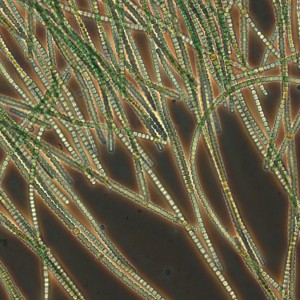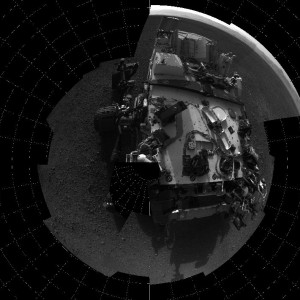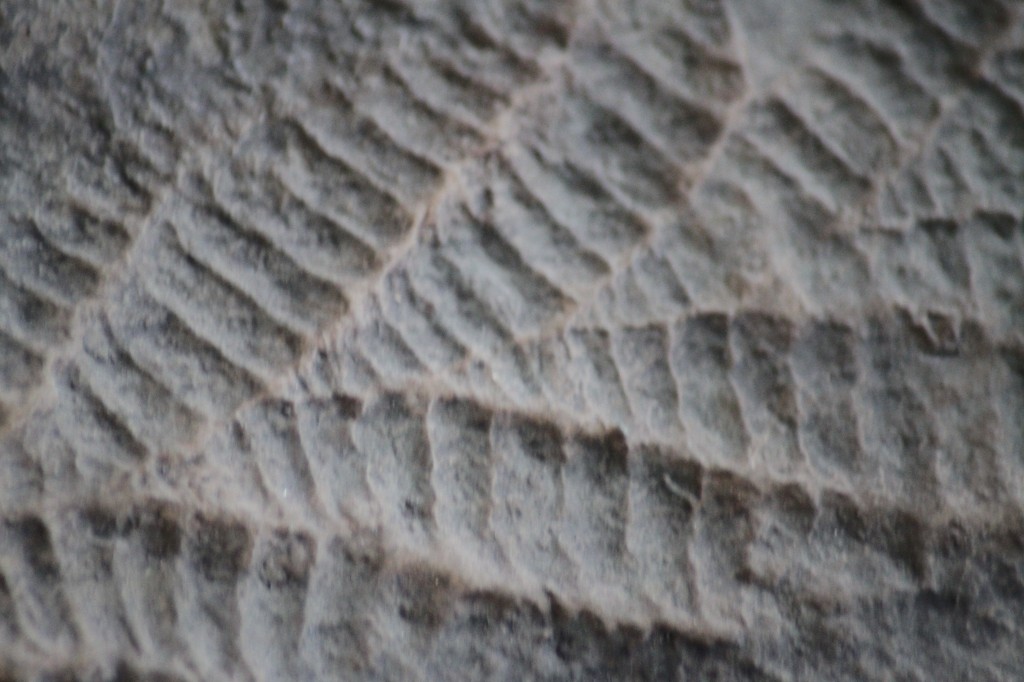The Precambrian is a division of Earth’s history spanning from the formation of the planet some 4.6 billion years ago, to the sudden and abundant occurrence of animal life at the beginning of the Cambrian period around 541 million years ago. It accounts for 88% of the geological record. Through the course of the Precambrian, the earth was transformed from a volatile volcanic planet with a noxious CO2 based atmosphere into a much more familiar world with an atmosphere comparable to the present. The earliest Precambrian was a chaotic period during which the earth was under heavy barrage from meteors. Later the planet cooled and the oceans formed. Life originated and began to change the planet forever. The evolution of photosynthesising bacteria radically changed the atmosphere of our world. Complex cells evolved. The latest Precambrian was characterised by the most catastrophic ice ages in earth’s history. The so called ‘snowball earth’ glaciations covered the planet in ice from the poles to the equator. During the last 100 million years of the Precambrian, the first multi cellular animals appeared. The Ediacaran fauna, which is found in rocks of the same age globally, seems to have flourished for a time before disappearing at the end of the Precambrian.

Published on May 1st, 2013 | by David Marshall
One of the most significant events in Earth’s history has been the oxygenation of its atmosphere 2.45–2.32 billion years ago. This accumulation of molecular oxygen in Earth’s atmosphere was so significant that it is now commonly known as the [&hellip... Read More →

Published on October 15th, 2012 | by David Marshall
The biota of the Ediacaran period (635 – 541 ma) is of critical importance to our understanding of the origin of animals because it immediately precedes the Cambrian fauna, from which all subsequent animal life evolved. Localities of this [&hellip... Read More →

Published on September 1st, 2012 | by David Marshall
You may be forgiven for having missed the news of NASA’s Curiosity rover, or Mars Science Laboratory (MSL), having landed on Mars, given all the coverage the 2012 Olympics had been getting. To try and even [&hellip... Read More →















